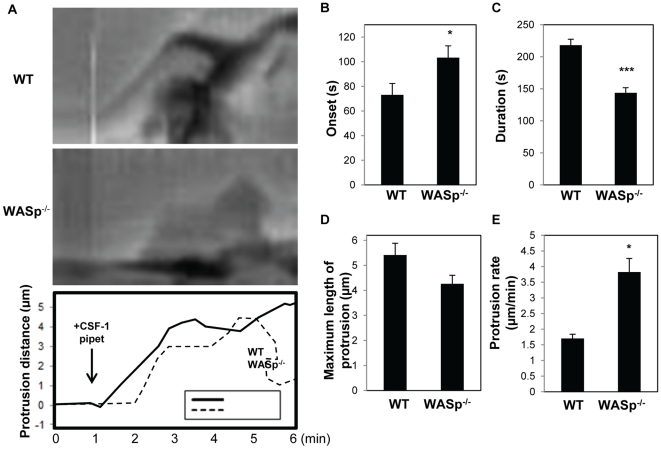Figure 4. WASp is required for the persistence of chemotactic protrusion in primary BMMs.
(A) The role of WASp in directional sensing was examined by monitoring the chemotactic responses of wild-type and WASp-deficient macrophages in a CSF-1 gradient. Representative kymographs from time lapse images of wild-type (WT, top panel) and WASp−/− (middle panel) BMM in response to CSF-1 containing micropipette (Movies S4 and S5) are shown. The bottom panel shows an overlay of the outlines of the membrane protrusive activities of wild-type and WASp−/− BMMs. (B) Onset, (C) duration, (D) maximum length and (E) protrusion rate (maximum length/time it takes the protrusion to reach maximum length) after CSF-1 stimulation were determined. The data represent the mean of at least 30 cells from each cell type over a minimum ten separate videos. Error bars represent SEM. * p<0.05, ***p<0.001.

